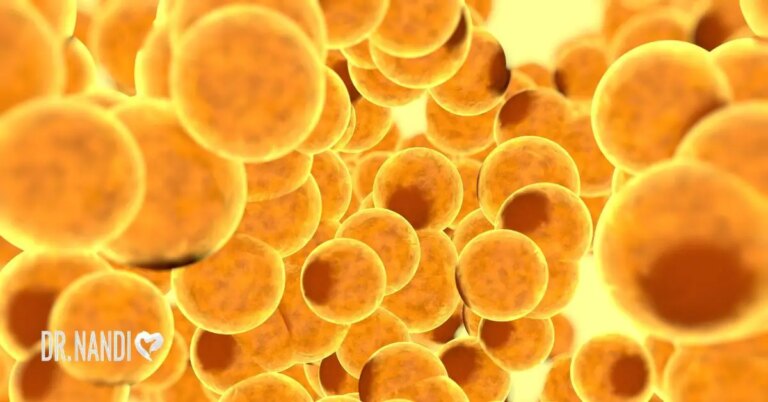Working out in a gym provides an easy way to keep fit and for many, improves commitment to a fitness regime. However, have you ever considered with all that huffing and puffing going on, how good the air quality is at your gym? A recent study by the University of Colorado Boulder reveals that all that sweat and breath emits not just CO2, but it actually produces other chemicals. In fact, those emissions are up to five times more potent than the human emissions of a single sedentary person. Once those emissions hit bleach cleaners on the gym surfaces, it creates a new airborne chemical that can have unknown outcomes. (1, 2)
Gym Air Quality And Human Emissions
“Humans are a large source of indoor emissions,” said Zachary Finewax, CIRES research scientist and lead author of the new study. “And chemicals in indoor air, whether from our bodies or cleaning products, don’t just disappear, they linger and travel around spaces like gyms, reacting with other chemicals.” (1)
Gym Air Quality Data Collection
Back in 2018, the study team outfitted a weight room at a campus facility frequented by athletes at the university. Gym users ranged from weightlifters to cheerleaders. The equipment consisted of a suite of air-sampling equipment to collect data from the gym’s weight room. (1, 2)
The equipment measures airborne chemicals in real time, reading the air before, during, and after workouts. The data showed the athletes’ bodies while working out produced 3-5 times the emissions they did when resting. (1,2)
First Analysis Of Gym Air Quality
“Using our state-of-the-art equipment, this was the first time indoor air analysis in a gym was done with this high level of sophistication. We were able to capture emissions in real-time to see exactly how many chemicals the athletes were emitting, and at what rate,” said co-author Demetrios Pagonis, a postdoctoral researcher at CIRES. (1)
It is common for gym facilities to choose chlorine bleach-based products as their cleaner of choice to sanitize sweaty equipment. Bleach is effective at killing surface bacteria, but when combined with sweat emissions it could also be causing harm. (1)
Gym Air Quality Produces N-chloraldimines
The chemical group observed by the study team is N-chloraldimines. It occurred when the bleach mixed with the amino acids produced from sweat. Interestingly, the chlorine bleach was sprayed on surfaces, yet mixes with the amino acids in the air. (1, 2)
While the impact of the new chemical is yet to be determined, it is known that the production of ammonia with bleach can be harmful to humans. (1)
Understanding Indoor Gym Air Quality
“Since people spend about 90 percent of our time indoors, it’s critical we understand how chemicals behave in the spaces we occupy,” says corresponding author, Joost de Gouw, CIRES Fellow, professor of chemistry at CU Boulder. (1)
Another interesting point is that the data was all collected pre-pandemic. The team believes their findings show that modern gyms with low occupancy and good ventilation can be safe, especially in light of COVID-19 related restrictions where many gyms now call for masks during workouts. (1)
Sources:




















